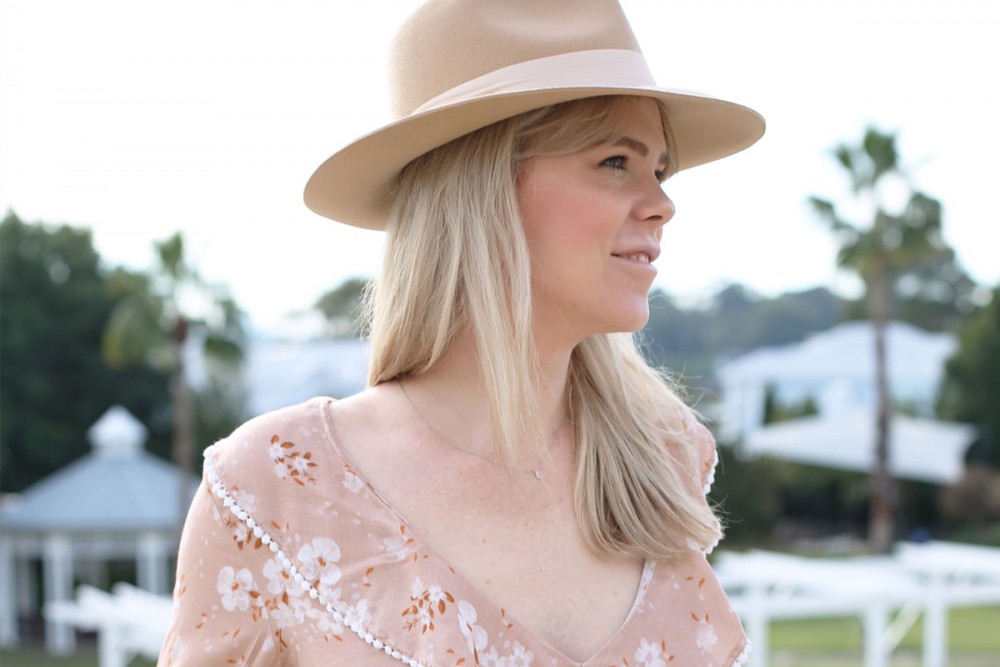Japanese design and style is uniquely in a league of its own. It is so much more than an aesthetic, it’s a philosophy that incorporates ancient schools of thought into the design or the composition. It’s a culture where life and art meet, to emphasize the beauty of simplicity, imperfection and infinitely rich nuances.

Yoyogi Park Rockabilly
By Kiekie Stanners
In traditional Japanese aesthetics ‘wabi-sabi’ is the concept of appreciating beauty that is ‘imperfect, impermanent and incomplete’ by nature. It was popularised by tea master Sen no Rikyu, who believed in the idea that it wasn’t the tea itself but rather the environment in which you were drinking it that created an atmosphere, and honesty of oneself. Wabi-Sabi style often involves using these materials in their raw and unprocessed state, allowing their inherent beauty to shine through. This influence can be seen in interior design, fashion, beauty and the arts. Within interior design, it manifests by using materials that age gracefully, it's a stylised look that favours the authentic rather than the pristine.
Another reflection of the culture is the ‘Ma’ concept, representing a void or negative space. This emphasises the importance of what is not there as much as what is. The concept of keeping the natural form and function of items within the design can mean a seamless flow so the negative spaces are perfectly positioned and so beautifully designed everything is very 'easy on the eye’.

Ma Concept
What could be described as ‘architects at work’, some of the great craftsmen of fashion hail from Japan - Issey Miyake, Yohji Yamamoto, Kenzo, Junya Watanabe and Rei Kawakubo (amongst others) all belong to the very special club of Japanese design that is meticulous in it’s approach to fashion.
The work of Miyake explores the relationship between the body and cloth - of which his Pleats Please range drapes around the body, much like an architectural piece of fabric. Yamamoto, known for his love of simplistic black, is a master tailor who injects these Japanese design mantras into his avant-garde design. And Rei Kawakubo - the name behind the most widely known Japanese brand COMME des GARÇONS, one of the most influential and innovative in the fashion industry.

Issey Miyake Pleats Please
Beauty in Japan is, of course, no exception to their incredible attention to detail. The J-beauty trend is all about skincare - making Japan one of the most skincare-obsessed countries in the world. The heart of Japanese beauty is a mix of technology and tradition, with makeup trends that focus on creating pearly, luminous skin and brightening the eyes with different eyeliner techniques.
Tatcha and Shiseido, two leading cosmetics brands from Japan known for their innovative and cutting-edge skincare properties, are also presented with minimalist design packaging. Culturally Japanese people value notions of luxury, minimalism and simplicity. These values get carried into the packaging and design of Japanese beauty products, as well as being incredibly hard-working and well-researched formulas.
Within the hair world, Y.S. Park hairdressing tools, arguably some of the most sought-after in the business, follow this same design ethos.

Young Soo Park, founder of Y.S Park
Young Soo Park is a Tokyo-raised hairdresser, and after having worked globally as a session stylist, he opened his first salon in Tokyo in 1980. By 1982 he started work on designing his own hair cosmetics and salon tools.
In 1992 he released his first 'air vent hole’ brush and comb designs. His mission - ’to create the best tools in the world’.
YS Park brushes feature ventilation holes around the bristles and pins to allow hair sections to dry similar to that of a roller set. The air vent holes between the bristles enable air to pass through smoothly to avoid heat accumulation, which protects the hair from damage caused by heat. On the handle are also air vent holes, allowing hands to dry quicker when blow-drying.
YS Park combs also feature his signature air vent design, as do his iconic scissors. Within his collection, there is also a meticulously designed ‘wave’ pin for securing hair-ups, with a bounce-back memory within the alloy to return to its original shape when not in use.










![Cock[tail]fest](https://cdn.meideinthe.cloud/colleen.nz/content/2-archive/308-cockfest/cocktailcover2.jpg)